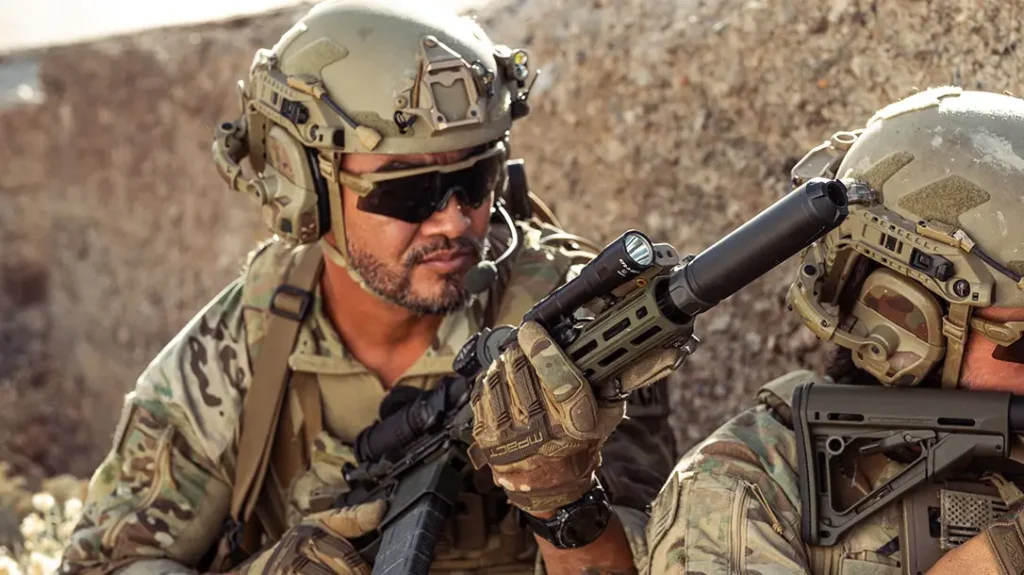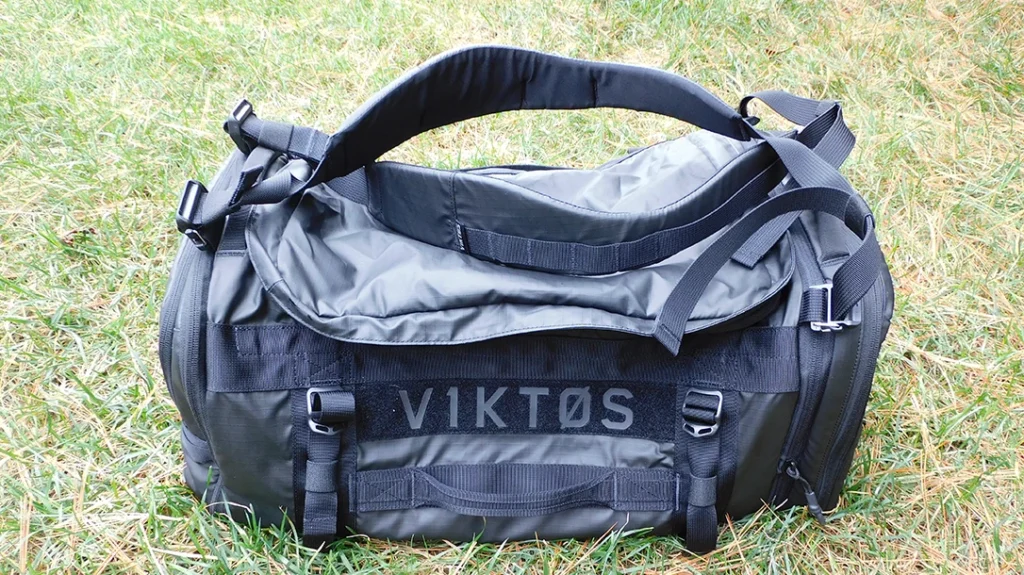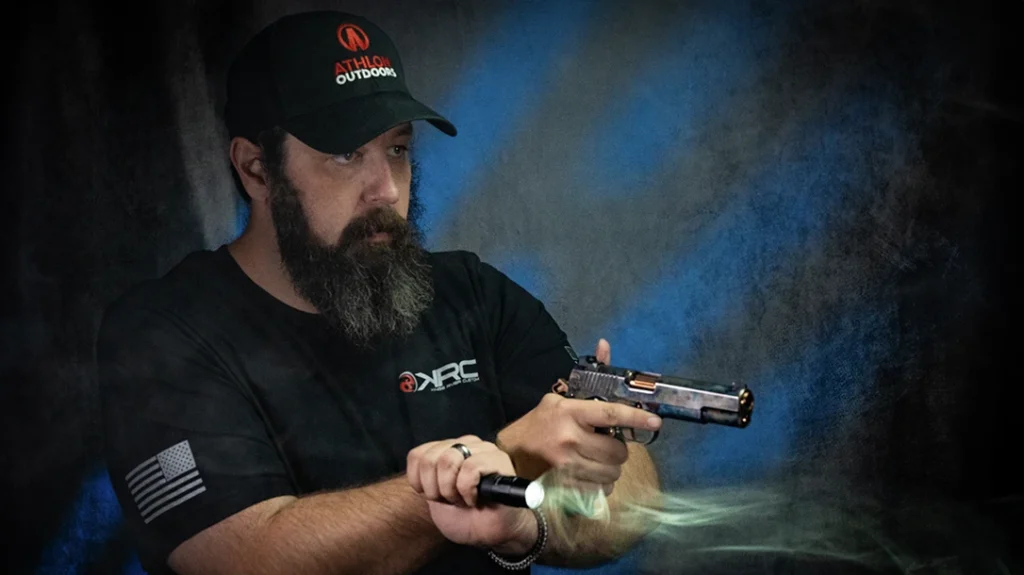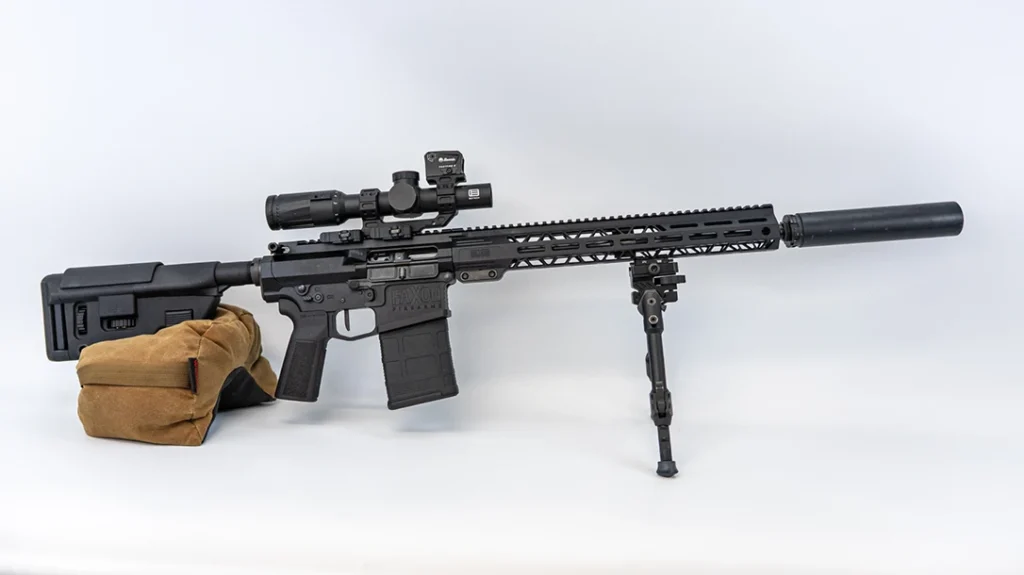The chronograph is an important tool for the handloader. In fact, I consider it be a must-have accessory. However, it is not the end-all, be-all answer to developing an accurate handload. Some folks believe that by using a chronograph they can determine which loads have the best accuracy potential. While it is true that ammunition with consistent velocities often shoot tight groups, one is not a definite indicator of the other.
Case Study
I tested a rifle with three loads assembled with the same brass, primer and powder to the same overall length. The only difference between the loads was that they were topped off with a different 100-grain bullet. Three groups—one 4-shot group and two 3-shot groups—were fired with each load, and group sizes were averaged. Every shot was fired over a chronograph to establish an average velocity, maximum velocity deviation and standard velocity deviation.
Advertisement — Continue Reading Below
Downrange Dope
The most accurate load had the highest velocity as well as the largest velocity deviation and standard deviation. The load with the lowest velocity deviations—which were half that of the most accurate load—displayed almost identical accuracy. For all practical purposes, at 100 yards these loads were identical on paper.
Things change as the shooting distance increases. Given the velocities and the bullets I was using, at 500 yards a velocity variation of 108 fps will drastically increase group size. For example, a velocity reduction of 108 fps with the first load will result in an additional 11 inches of drop. However, with the first load, a velocity reduction of 57 fps will only induce about 6 inches of drop at distance.
Advertisement — Continue Reading Below
Interestingly, the bullet used in the first load has a higher ballistic coefficient. As this test shows, when your shooting distances get long, you need truly consistent velocities to create small groups on target.

RELATED STORIES
9 Chronographs To Help You Fine-Tune Your Handloads
Advertisement — Continue Reading Below
The 10-Shot Rule For Determining Handload Accuracy
7 Reloading Accessories For Creating Accurate, Reliable Ammo
Do The Twist: Calculating Your Gun’s Actual Rifling Rate
Advertisement — Continue Reading Below
High-Volume Handloading: Time-Saving Tips For Using a Progressive Press
























